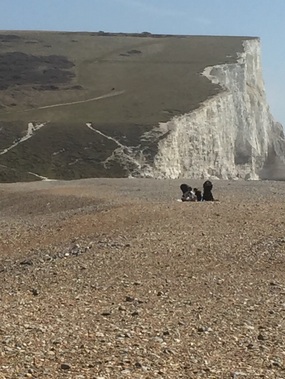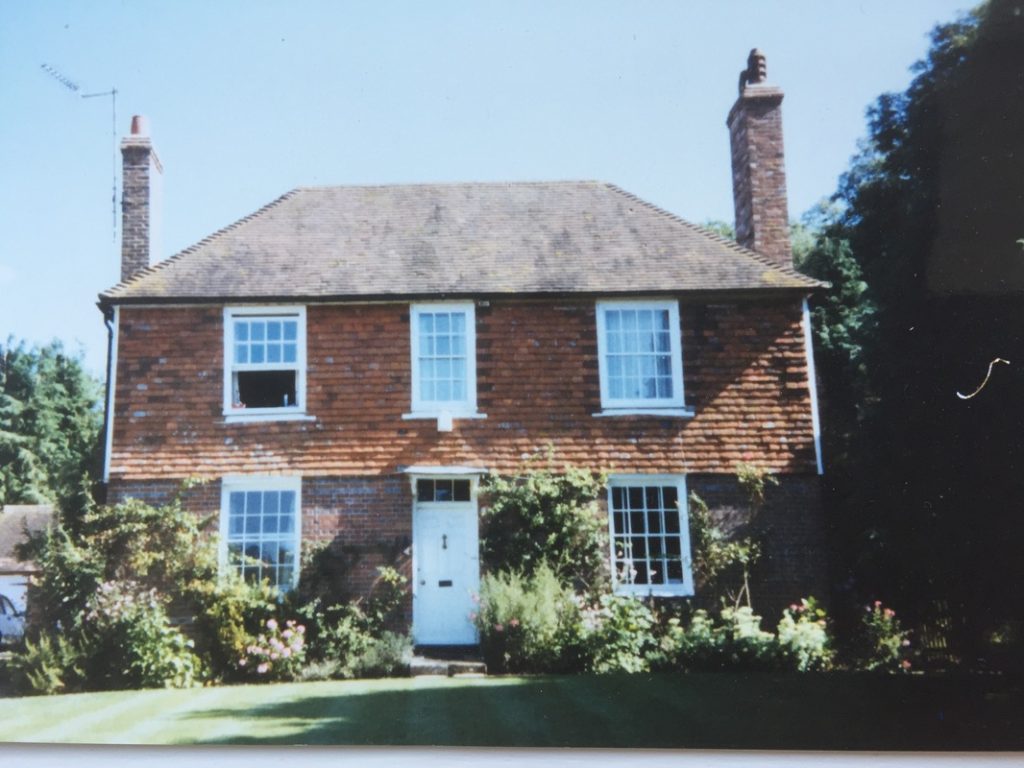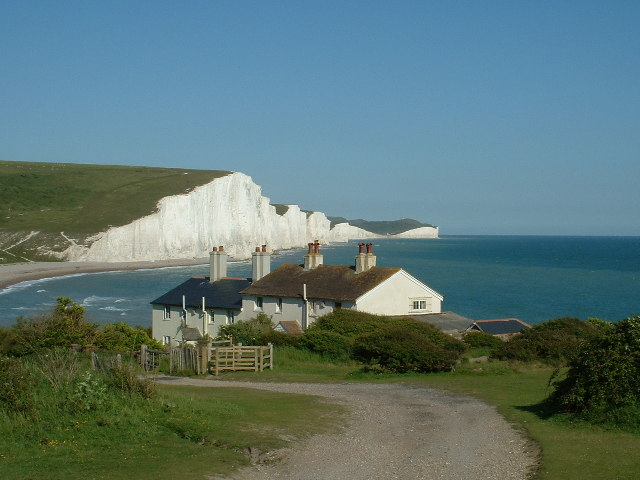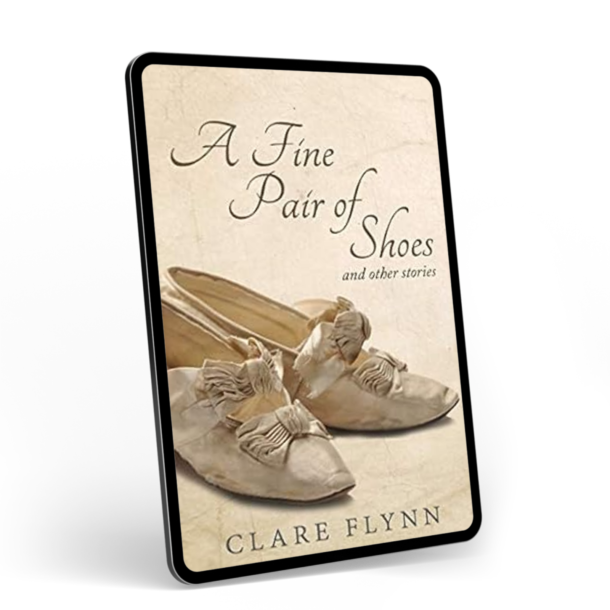 A couple of weeks ago I wrote about the Cuckmere Valley during WW2 and its strategic role in the defence of the realm. Today I’m going to look at another of its claims to fame – as the beating heart of an enormous smuggling operation.
A couple of weeks ago I wrote about the Cuckmere Valley during WW2 and its strategic role in the defence of the realm. Today I’m going to look at another of its claims to fame – as the beating heart of an enormous smuggling operation.
Smuggling was big business in Sussex and Kent in the early nineteenth centuries and Cuckmere Haven still shows the evidence of this industry today.
Back in the late eighteenth century huge gangs of men used to turn up on the beach at Cuckmere Haven a couple of nights a week to collect the contraband from as many as dozen vessels anchored off the coast – some of them parked up quite blatantly in daylight hours. It was little wonder that the smugglers were so fearless – it was regarded by many as a victimless crime and there were few people who didn’t benefit in some way from the illegal trade which had boomed in response to punitive taxation. It was far from victimless though – as the murdered and tortured excisemen and coastguards, who had fallen foul of the ruthless gangs, demonstrated.
The British government, determined not to forgo the revenue from import duty, was not slow to respond to the smugglers and despatched the Royal Navy and brigades of soldiers to back up the customs officers. After the distraction of the Napoleonic wars was out of the way they became determined to stamp it out and set up the Coastguard service in 1822 to stop the trade.
The Cuckmere wasn’t the only spot favoured by the smugglers – nearby Birling Gap and Crowlink in the Seven Sisters, as well as Eastbourne, Pevensey Bay and Hastings were all entry points – and in the late eighteenth and early nineteenth centuries were not the popular resorts they became later and were relatively isolated and unpopulated. Opportunistic local gangs operated on a small scale, while at Cuckmere Haven the flat, wide, shingle beach attracted the big organised gangs. Contemporary correspondence records as many as two or three hundred mounted smugglers galloping up to the beach at Cuckmere Haven and loading up their horses with contraband. Not even high stormy seas put the daring smugglers off. If the revenue men were present the smugglers tried to bribe them – and if that failed – often murdered them.

Clare Flynn’s former home,Coggins Mill House in Mayfield-a former smugglers’ base?
The smuggling trade wasn’t just confined to the coast. The gangs of men were based inland in villages such as Mayfield, Roberstbridge and the home of the most notorious of all the gangs – Hawkhurst. The smuggling gangs used some of the most cruel and terrible methods, including torturing their victims in order to protect their fiefdoms. I used to live in an eighteenth century house in Mayfield with a large cellar which only lay under half the house and the rumours were that there had been another secret cellar compartment under the other half for stashing the loot. I was never able to find the evidence.

Coastguard Cottage, Cuckmere Haven – Terry Jones [CC BY-SA 2.0 (http://creativecommons.org/licenses/by-sa/2.0)], via Wikimedia Commons
 My latest book The Green Ribbons is now pre-selling on Amazon.
My latest book The Green Ribbons is now pre-selling on Amazon.
Publication date is 9th May wiht the paperback to follow shortly afterwards.
Go to Amazon to pre-order the book


0 Comments